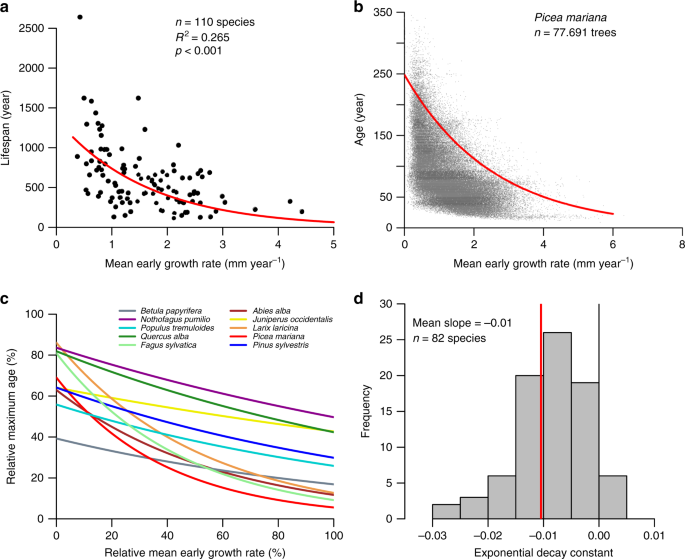

Hyposensitivity to pain, where usually painful stimuli may not be noticed, has been described, 20 as has hyposensitivity to cold.

Hyposensitivities are less commonly described. 18 Some tastes may be very difficult to tolerate 19 and there may be sensitivities to certain odours, 19 leading to restricted diets. 17 Texture difficulties may affect the ability to tolerate some foods. 10 Hypersensitivities to particular textures, including difficulty wearing some clothes, can also occur. Individuals with PDDs have described difficulties tolerating bright lights or particular sounds, especially high-pitched sounds. In particular, hypersensitivities in many sensory modalities have been described, but there is little empirical evidence that these symptoms are more prevalent in people with PDDs than in the general population. Many adults with high-functioning PDDs describe unusual sensory experiences. Here, we discuss the prevalence and features of high-functioning PDDs in adults, and the professions that may potentially contribute to their diagnosis and specialist multidisciplinary management. In contrast, higher functioning individuals were not widely referred for assessment or treatment until the 1990s, coinciding with the addition of Asperger disorder to the DSM-IV in 1994. Lower functioning individuals usually come to the attention of health and education systems at a young age and stay in the care of intellectual disability services.

5Īlternatively, IQ criteria can be used to divide PDDs into “high functioning” (IQ of 70 or greater), and “low functioning” (IQ of under 70).
What does pervasive mean manual#
1 A further differentiating feature is IQ: for a diagnosis of Asperger disorder, the Diagnostic and statistical manual of mental disorders, 4th edition (DSM-IV) specifies an IQ within the normal range, 1 whereas only 20% of people with autistic disorder have a normal IQ. 4 The two disorders are partly differentiated by whether or not the patient’s language development is impaired: individuals with a history of language difficulties attract a diagnosis of autistic disorder rather than Asperger disorder. There is debate among researchers and clinicians about whether the two major categories of PDDs, autistic disorder and Asperger disorder, are distinct conditions, or whether they lie on a continuum. Increased public awareness is likely to be associated with greater demand for knowledge of PDDs in general clinicians and specialised services. The public profile of PDDs has increased dramatically in recent years, coinciding with media depictions of individuals with these conditions. PDDs are considered to have been under-diagnosed worldwide, 3 and the variety of presentations and outcomes has only recently been recognised. 2 The key features are severe developmental difficulties with social cognition and communication, and non-functional obsessive interests, routines or activities ( Box 1).

1 These conditions are also commonly known as autism spectrum disorders. Pervasive developmental disorders (PDDs) are comprised of the neuropsychiatric developmental disabilities, autistic disorder (autism), Asperger disorder and PDD - “not otherwise specified”.


 0 kommentar(er)
0 kommentar(er)
